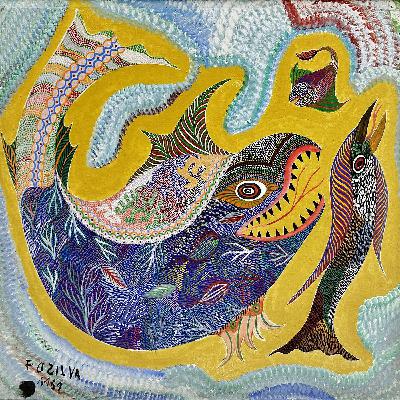Bridget Riley: Activating the Picture Plane
Description
Your eyes think her canvases are moving. That’s the spell Bridget Riley's works cast. Join Nordic Art Partners to understand her unique methodology—brick by brick, line by line; from black-and-white checks to colour-saturated diagonals that make the picture plane come to life with extraordinary movement. We share the formative moments that shaped her practice, from early training at Goldsmiths and the Royal College of Art to a revelatory encounter with Seurat’s Pointillism, convincing her that in the most dynamic works, perception of color is mixed in the eye and not on the artist's palette.
We chart the leap from stark monochrome veils, grids, and waves to the chromatic sophistication of the late 1960s and 1970s—Cataract, Chart, and the Egyptian palette works—before stepping into the 1980s diagonals and the 1990s curves that expanded her visual grammar. Along the way, we explore why The Responsive Eye at MoMA made her a global name, how Venice amplified her reputational apogee, and why major museums keep returning to her with deep, rigorous surveys. This isn’t just a timeline; it’s a look at how a methodical studio process and acute optical thinking reshaped what a painting can do to a viewer.
Then we turn the lens to the market. With representation by David Zwirner and Max Hetzler, Riley’s primary prices reflect blue-chip confidence, while secondary results show decades of steady growth, robust sell-through, and repeat-sale gains. We compare early monochromes, colour waves, and the 1980s–90s diagonals, outlining where scarcity, art-historical significance, and visual power converge. The takeaway is clear: as institutions keep spotlighting her achievements and supply stays tight, the case for long-term value strengthens.
If you enjoyed this deep dive into the art and economics of optical painting, follow the show, share it with a friend who loves modern and contemporary art, and leave a quick review so others can find us.






















